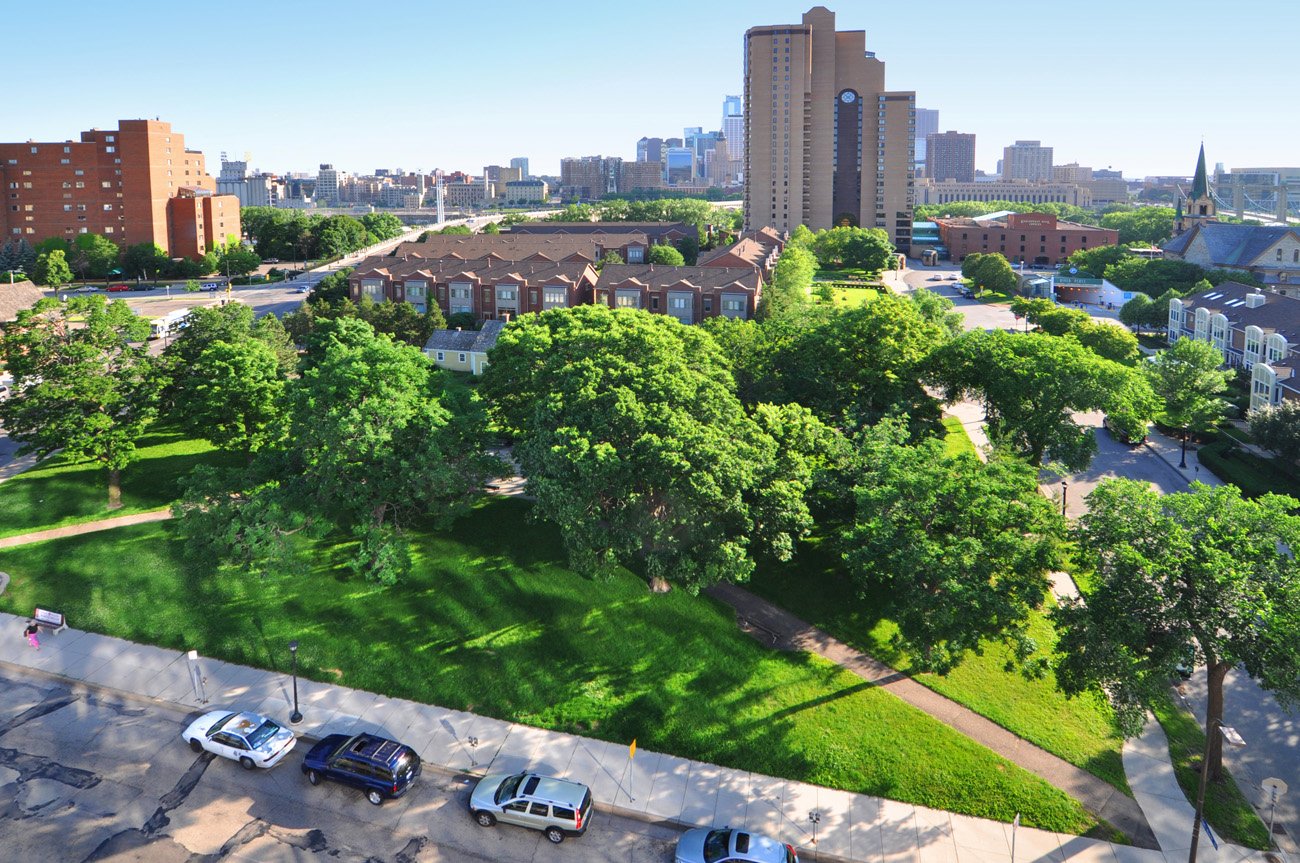
the historic birthplace of minneapolis
Old Town Minneapolis is the thriving business district along East Hennepin - from the riverfront to 7th Street and from Central Avenue to 1st Avenue. Rich in historical significance, Old Town features independent business owners, housing, shopping, dinning, and entertainment. The neighborhood, which was originally founded as the City of St. Anthony in the mid-1800s, is home to historic buildings like Our Lady of Lourdes Catholic Church, to the Ard Godfrey House in Chute Square Park. Combining the neighborhood’s rich history with a revival of businesses in the area have made Old Town and exciting, vibrant, and world-class location in Minneapolis.
About the name…
The question of what to call this neighborhood is one of the more contested and fascinating debates we have ever seen. A high-profile business district in a major metropolitan city that lacks a unified identity & brand is nearly unheard of in today’s day and age. While the debate is lively and sometimes hilarious, we take the marketing and promotion of our fellow business owners very seriously. We have taken a deep dive into the history of this neighborhood to give historical perspective.
Here is a brief history of names used over the years - Old Town Naming History.
Here is the rationale (our pitch) on why we think Old Town is an excellent brand to move forward with - Old Town Pitch.
Source: Minnesota Streetcar Museum. “Streetcar at 11. 4th St and East Hennepin 1953”.
Our History
-
PRE-1680
Early Beginnings
First inhabited by Dakota, Ojibwe, and other Native people
-
1680
St. Anthony Falls
Father Louis Hennepin, a French Catholic Friar first documented report of seeing St. Anthony Falls
-
1849
Officially Established
Neighborhood first platted
-
1850s
The Rise of Industry
Industrialists from New York and New England built saw and flour mills
-
1872
making it official
Joined city of Minneapolis
-
1880
Flour takes off
Minneapolis became flour milling capital
-
1899
minneapolis becomes a two industry town
Saw milling peaked and Minneapolis boasted the most production in the U.S.
-
1910
nothing lasts forever
Forests became depleted and Saw Mills began closing
-
1930
the end of an era
Flour mills moved away from the neighborhood into other parts of Minneapolis due to shipping and new technologies
-
1930-1970
downturn & decline
With main industries and people leaving the area, the neighborhood fell into decay
-
1970
the rise of renewal
A renewed effort to revitalize
-
2022
A time of vibrant revival
Neighborhood is experiencing a revival with new businesses, housing, and entertainment availlable
Ready to explore old town for yourself?
Whether you’re planning a night on the town or visiting from outside of Minneapolis, we invite you to come and experience what makes Old Town so special.



